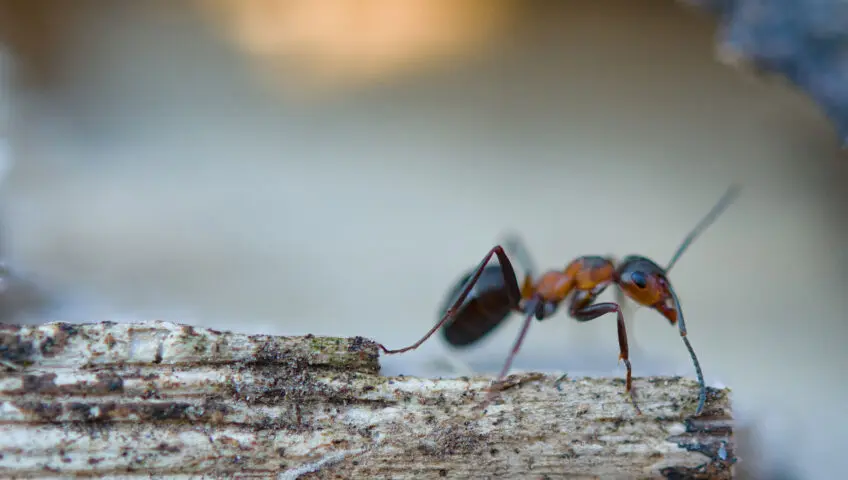Ants are remarkable insects with impressive teamwork and communication skills. But when they decide to make your home their new colony, they can quickly become unwanted guests. Prevention and early identification are crucial in keeping your home ant-free.
Know thy enemy: identifying ant species
Each species of ant has its own characteristics and behaviors. Some are attracted to sugary substances, while others are more interested in proteins or fats. Understanding the type of ants invading your home can aid you in prevention.
Here are a few common ants you might encounter in the home:
Odorous house ants: Named for the unpleasant smell they emit when crushed, these ants are attracted to sweets and can nest both indoors and outdoors.
Carpenter ants: Noticeably larger than many other ants that enter your home, carpenter ants are known for tunneling through wood, causing structural damage.
Pharaoh ants: These tiny ants are a significant nuisance, known to carry such diseases as streptococcus and salmonella. They are often found in kitchens and bathrooms. One distinct characteristic is that their bodies are reddish, dark yellow or light brown with an abdomen darker than the rest. They typically move slower than a ghost ant but are similar in size.
Ghost ants: These show up in kitchens and bathrooms around the countertops and sinks. Their abdomens are the distinguishing characteristic: pale compared to their thoraxes and heads. Ghost ants can be hard to spot because of their minute size. They tend to move more quickly compared to the aforementioned pharaoh ant.
Pavement ants: Typically found in and around cracks in driveways and sidewalks, these ants can also enter your home in search of food.
Simple steps for a pest-free home
Preventing ant invasions begins with maintaining a clean and uninviting environment. Here are some effective prevention strategies:
Seal entry points: Ants can enter through the tiniest cracks and openings. Inspect your home for potential entry points and seal them with caulk or weather stripping.
Keep your home clean: Available food and water are often a draw for ants. Regularly clean your kitchen and dining areas, wiping down countertops, promptly fixing any leaks.
Food storage: Use airtight containers to store your leftover food, including any pet food. Don’t leave open the containers on the countertop.
Landscaping: Keep plants and trees trimmed away from your home, as they can provide ant highways. Create a barrier of gravel or mulch around your foundation.
Routine inspections: Regularly inspect your home for signs of ants, such as small trails, nests or visible ants.
By knowing your enemy and taking proactive measures, you can save yourself the headache and frustration of dealing with an infestation. Remember, when it comes to ant control, prevention is always better than cure. Stay vigilant, and enjoy a home without these pests!
Speaking of pest-free homes, contact Slug-A-Bug for all your pest control needs. Call us now for a free, no-obligation consultation at (321) 259-7844.
For more information:
https://www.thespruce.com/getting-rid-of-stinky-house-ants-2656358
https://entnemdept.ufl.edu/creatures/urban/ants/fl_carpenter_ants.htm
https://entnemdept.ufl.edu/creatures/urban/ants/pharaoh_ant.htm
https://entnemdept.ufl.edu/creatures/urban/ants/ghost_ant.htm
